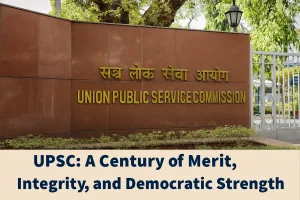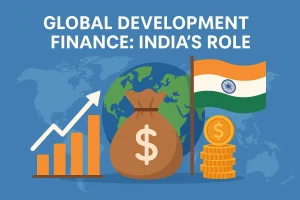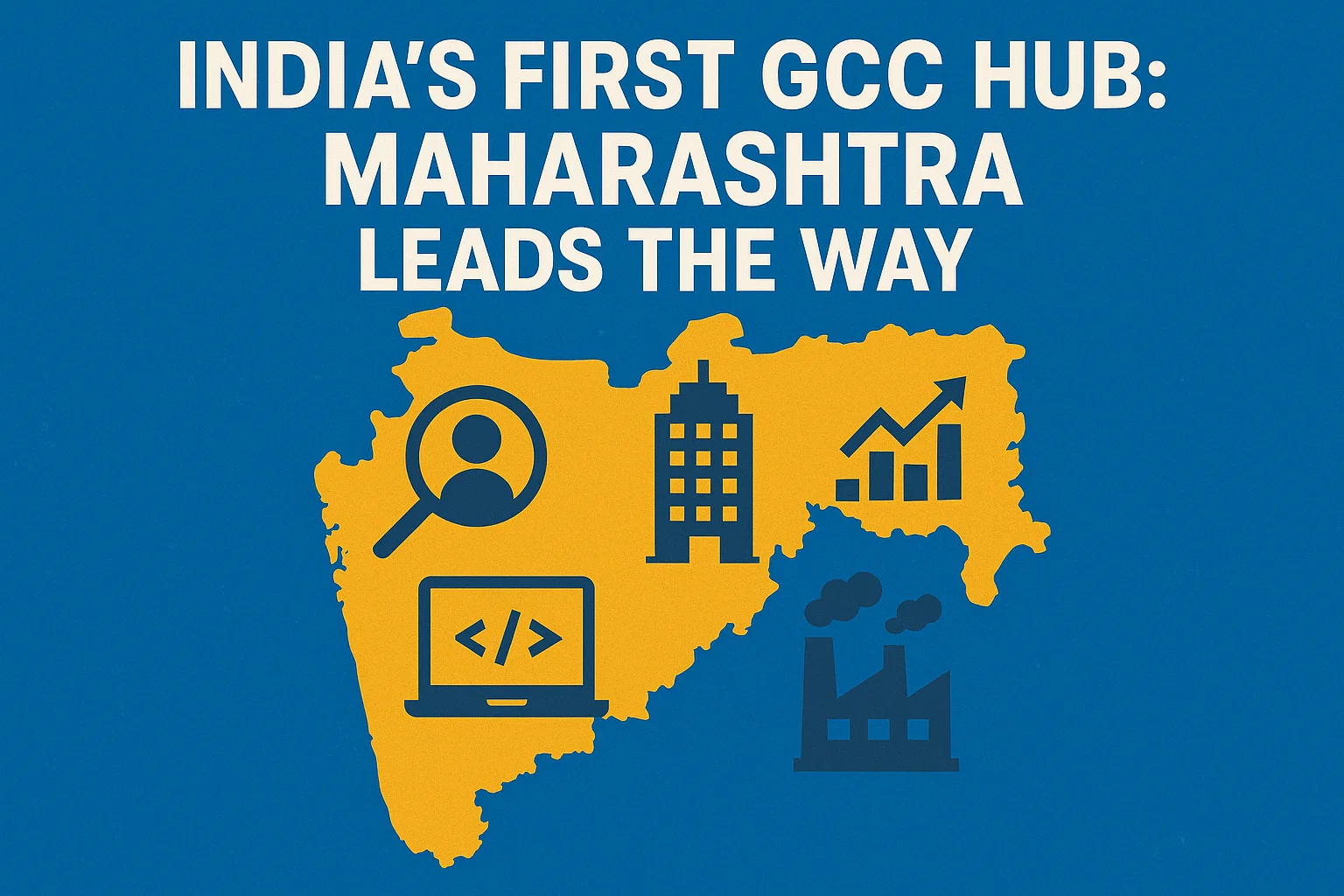Payments Regulatory Board: A New Era in India’s Payment Governance
The RBI has set up a six-member Payments Regulatory Board (PRB) under the Payment and Settlement Systems Act, 2007. With government nominees and statutory authority, the PRB strengthens digital payment oversight, balances RBI autonomy with accountability, and reflects the growing importance of UPI, NEFT, and RTGS in India’s economy.
Context
In a landmark reform, the Reserve Bank of India (RBI) has constituted the Payments Regulatory Board (PRB), a six-member body tasked with overseeing India’s payment systems. This new statutory body has been established under the Payment and Settlement Systems Act, 2007 and replaces the earlier Board for Regulation and Supervision of Payment and Settlement Systems (BPSS), which functioned as an internal committee of the RBI’s Central Board.
The move signifies a decisive shift towards recognising digital payments as a critical national utility rather than a back-end banking function.
About the PRB
The Payments Regulatory Board is designed as an independent statutory body with broader participation in regulatory decision-making.
Composition
-
RBI Governor – serves as Chairperson.
-
One RBI Deputy Governor – member.
-
One RBI Executive Director – member.
-
Three Government Nominees – including:
-
Secretary, Department of Financial Services (DFS)
-
Secretary, Ministry of Electronics and Information Technology (MeitY)
-
An independent expert (currently a former Telecom Secretary).
-
This composition ensures that both the government and RBI share responsibility in shaping India’s payment ecosystem.
Why is the PRB Significant?
The establishment of the PRB has several far-reaching implications for India’s financial and digital governance framework.
1. Formalised Government Representation
For the first time, statutory representation for the Central Government has been made mandatory. This includes officials from finance, technology, and independent domains, ensuring that regulation reflects the interconnected nature of payments across sectors.
2. Statutory Backing and Enhanced Authority
Unlike the BPSS, which was merely an internal RBI committee, the PRB derives power directly from a Parliamentary statute—the Payment and Settlement Systems Act, 2007. This grants it:
-
Stronger regulatory authority
-
Clearer mandate for enforcement
-
Greater legitimacy in policy formulation
3. Holistic Policy Formulation
The diverse composition ensures a multi-dimensional regulatory approach, blending the expertise of the RBI in monetary stability with government focus on digital inclusion and innovation.
4. Streamlined Decision-Making
The PRB will follow clear statutory procedures. Decisions are made by majority vote, with the RBI Governor holding a casting vote in case of a tie. This balances inclusivity with decisiveness.
5. Reflecting India’s Digital Payments Evolution
Payment systems like UPI, RTGS, and NEFT have transformed from niche banking tools into critical infrastructure for citizens, businesses, and the government. The PRB acknowledges this evolution and elevates payment regulation to a national governance priority.
Implications for India’s Digital Economy
The creation of the PRB comes at a time when India is experiencing an unprecedented boom in digital transactions. UPI alone processed over 12 billion transactions monthly in 2025, while RTGS and NEFT remain vital for corporate and interbank settlements.
The PRB’s statutory powers are expected to:
-
Enhance consumer protection and trust in digital payments.
-
Enable faster regulatory adaptation to fintech innovations.
-
Strengthen cybersecurity frameworks against payment fraud.
-
Support India’s ambition to become a global leader in digital financial services.
Balancing Independence and Accountability
A key question is whether government representation on the PRB could dilute the RBI’s traditional autonomy in payment regulation. Proponents argue that:
-
The government’s involvement ensures wider accountability for policies affecting millions of citizens.
-
The RBI retains final authority through the casting vote of its Governor.
-
Statutory clarity reduces ambiguity and prevents overlapping mandates.
Thus, while oversight is broadened, the RBI’s primacy in monetary stability and financial regulation remains intact.
Challenges Ahead
Despite its promise, the PRB faces several challenges:
-
Maintaining Independence: Striking the right balance between RBI autonomy and government oversight will be crucial.
-
Rapid Innovation: Payment technologies evolve faster than regulation; the PRB must remain agile.
-
Cybersecurity: With increasing digital adoption, ensuring robust cyber defences is non-negotiable.
-
Inclusion vs Innovation: Policies must balance financial inclusion in rural areas with fostering innovation in urban fintech hubs.
Conclusion
The constitution of the Payments Regulatory Board represents a watershed moment in India’s financial governance. It transforms payment systems regulation from an internal committee to a statutory multi-stakeholder body, reflecting the critical role digital payments play in India’s economy.
As the digital payments ecosystem continues to grow, the PRB will need to strike a balance between innovation, inclusion, stability, and security. If successful, it will cement India’s reputation as a global pioneer in digital financial infrastructure while safeguarding consumer trust and systemic resilience.
Subscribe to our Youtube Channel for more Valuable Content – TheStudyias
Download the App to Subscribe to our Courses – Thestudyias
The Source’s Authority and Ownership of the Article is Claimed By THE STUDY IAS BY MANIKANT SINGH





